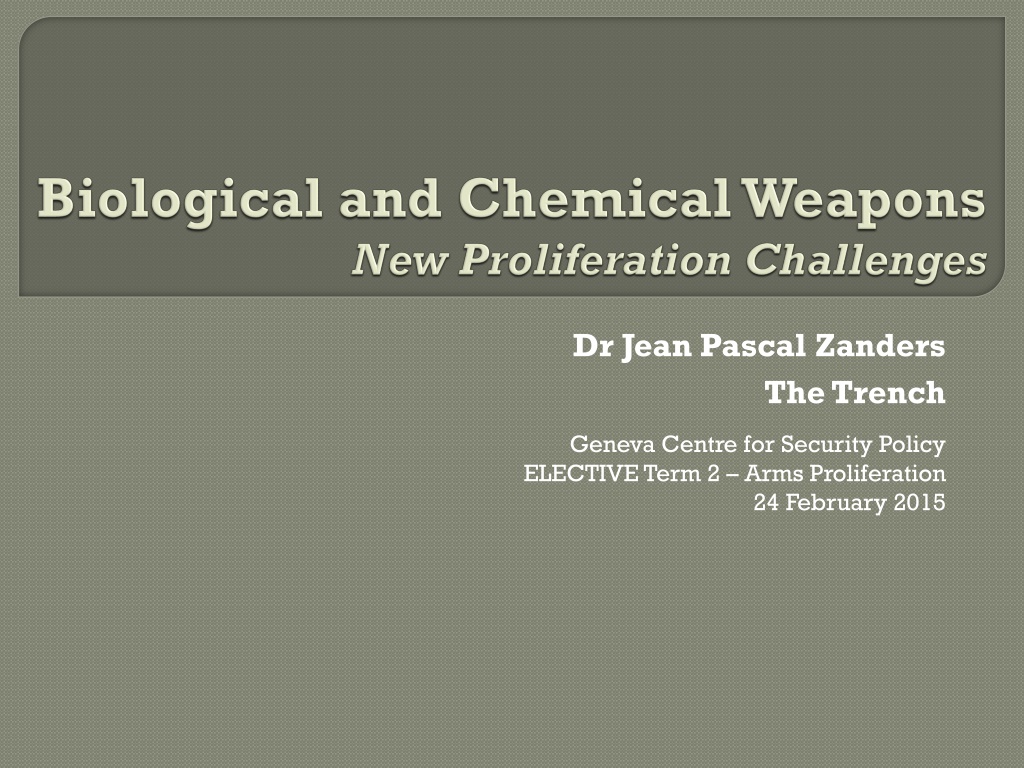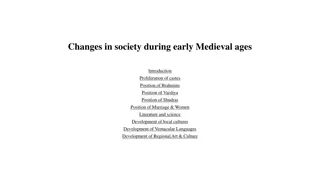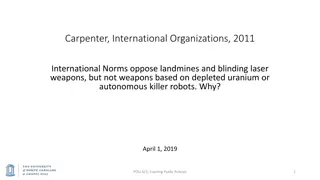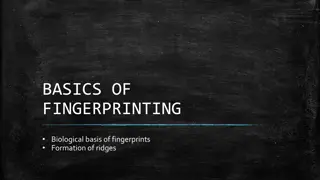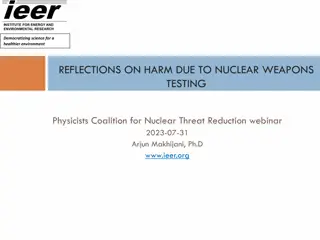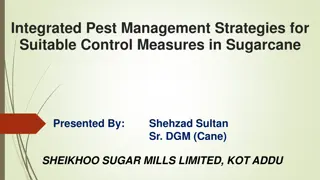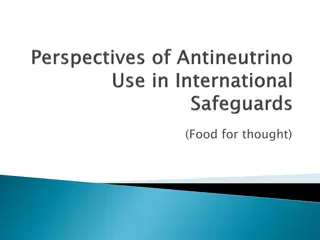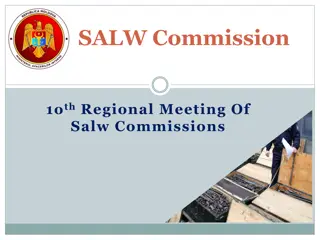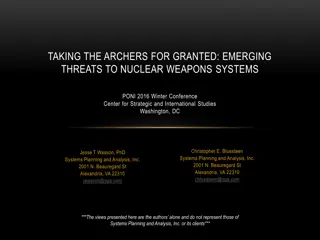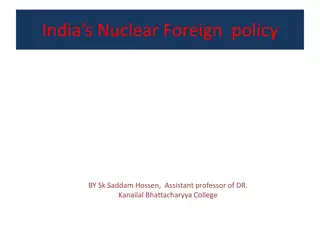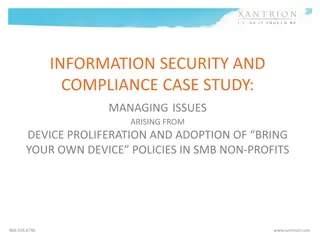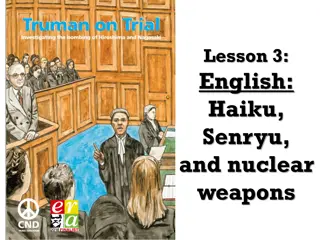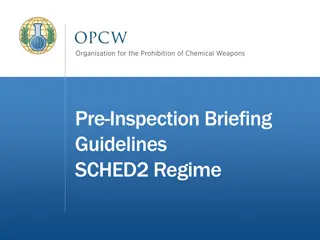Understanding Chemical and Biological Weapons Proliferation Risks
Exploring the risks associated with chemical and biological weapons proliferation, covering topics such as war scenarios, terrorism, dual-use issues, international conventions, and emerging threats. This includes discussions on the use of toxic chemicals in various settings, along with examples of past incidents involving toxic substances.
Download Presentation

Please find below an Image/Link to download the presentation.
The content on the website is provided AS IS for your information and personal use only. It may not be sold, licensed, or shared on other websites without obtaining consent from the author. Download presentation by click this link. If you encounter any issues during the download, it is possible that the publisher has removed the file from their server.
E N D
Presentation Transcript
Dr Jean Pascal Zanders The Trench Geneva Centre for Security Policy ELECTIVE Term 2 Arms Proliferation 24 February 2015
War scenarios Terrorism Criminal acts Each will consider and have the availability of different CB agents, with different degrees of pathogenicity or toxicity Depends on intent Depends on availability Depends on technical skills and structure of the organisation
1925 Geneva Protocol Prohibits the use in armed conflict of CBW 1972 Biological and Toxin Weapons Convention (BTWC) Comprehensive ban on development, production and possession of BW Ban on BW use in Geneva Protocol + Final Declaration of 4th Review Conference (1996) 1993 Chemical Weapons Convention (CWC) Comprehensive ban on development, production, possession, and use of CW
Dual-use issues arise when the attempts to control a particular technology confront the non-military commercial and scientific interests in such technology Non-proliferation Control of access to technologies that may contribute to undesired weapon development in another state or non-state entity Primary policy tool for weapon categories whose use in war or possession has not been wholly delegitimised (e.g., nuclear weapons, ballistic missiles) Disarmament Total ban on development, production, transfer and possession of a weapon and preparations for its use in warfare (BTWC, CWC) Dual-use issue emerges when Civilian facilities and installations need to be verified Technologies underlying banned weapons have legitimate applications Need to prevent the (inadvertent) assistance to development of banned weapon by another state or non-state entity Ban of weapon (= single-use technology) is central; control of dual-use technology supports that central goal
Emerging threat dimension Use of any available toxic chemical Stores at industrial plants, water purification facilities, etc. Toxic substances may be used in agriculture (pesticides, insecticides, herbicides & other anti-plant chemicals) Core characteristics: No development or production of the agent by the user Attacks will cease after available stores have been depleted Only development may be in area of delivery system Examples: Sri Lanka: Tamil Tigers chlorine from paper mill after munition ran out (1990) Iraq: al Qaeda in Iraq (AQI) chlorine in truck bombing campaign (2006-07) Iraq and Syria: Islamic State in Iraq and the Levant (ISIL) chlorine mortar bombs and improvised explosive devices (IEDs) (2014)
Characteristics of opportunistic use (ISIL case) Perpetrator is a non-state actor Target are non-state actors Occurs on the territory of a state party to the CWC, but the state party is not in control of that territory Challenges for the OPCW Investigation: how to access the territory? According to the CWC: role for UNSG investigative mechanism Safety & security considerations for the investigative team Confirmation of allegation: what sanctions / consequences for perpetrator? Prevention: role for chemical industry safety & security?
E E- -mail: mail: Twitter Twitter: : Blog: Blog: jpzanders@the jpzanders@the- -trench.org @JPZanders @JPZanders http://www.the http://www.the- -trench.org/blog/ trench.org/blog/ trench.org
